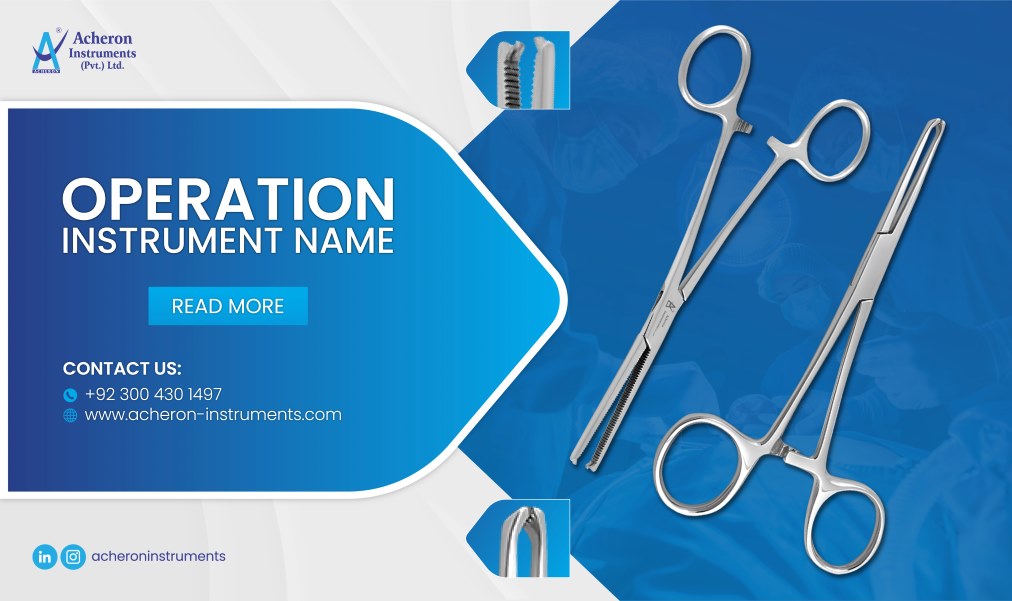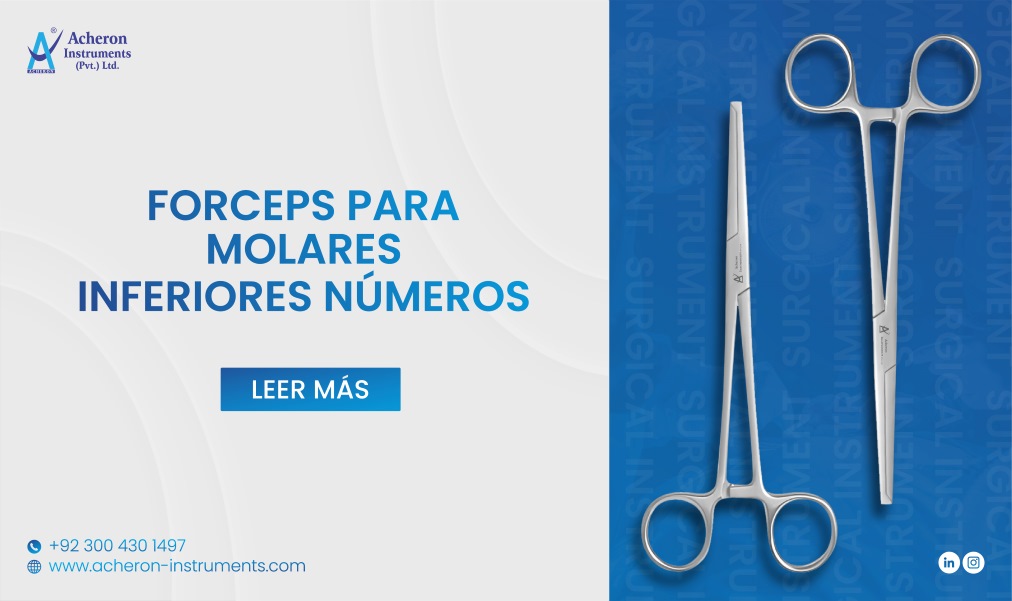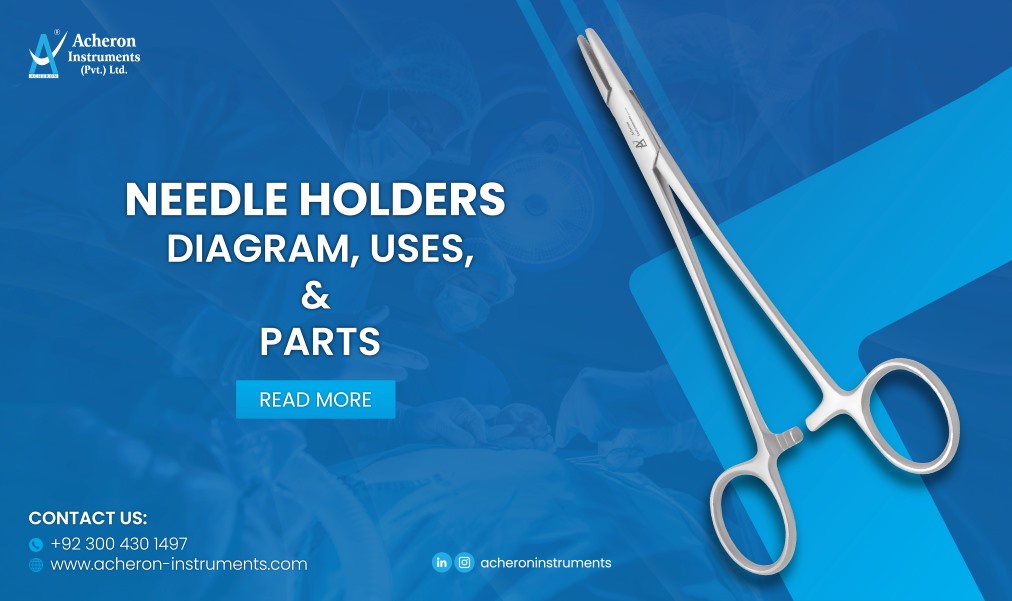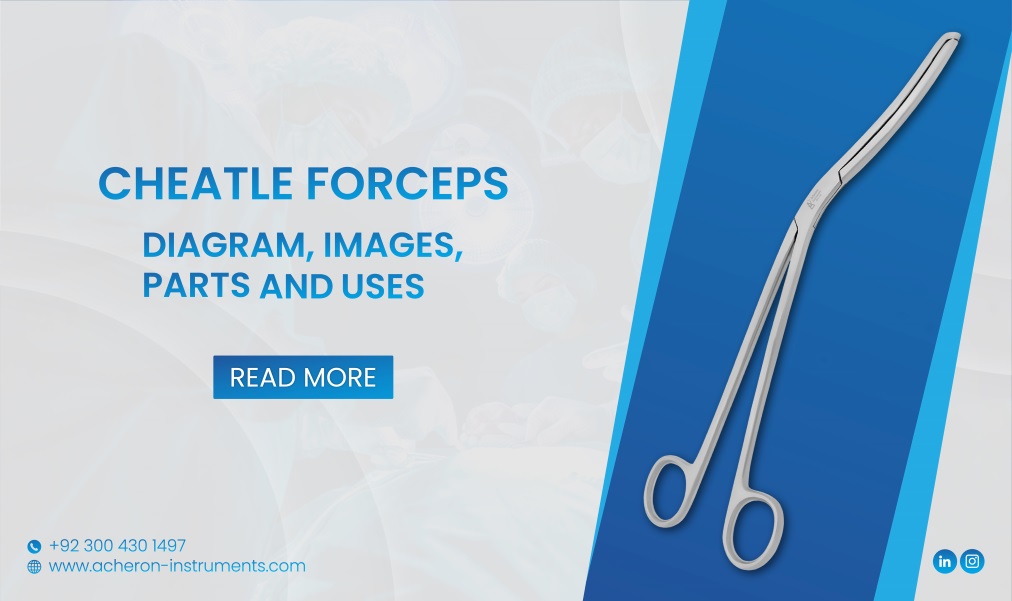Identify the single-used disposable items
There are a few instruments that need to be disposed of because they penetrate the skin and cannot be sterilized adequately. The single-used tools include needle holders, needles, single-use laparoscopic instruments, dissecting or dressing scissors and disposable cholangiogram forceps, etc.
Choose appropriate premises
Before you begin the sterilization process, make sure that the place you choose for the procedure should be distanced from any kind of contamination. A separate room is advisable as you will be able to control and monitor the atmospheric and other conditions.
Wear proper attire
There is a proper attire called "Personal Protective Equipment" that should be worn before one begins to proceed with any sterilization process. The clothing should be appropriate and complete that involve eye protection, fluid repellent masks, gloves, etc. It is also advisable to wear fluid-resistant gowns or aprons before and during the cleaning process.
Step-by-step guidance for manual cleaning
If you have to clean the instruments using your hands without the use of any automatic washer. Here's a step-by-step guide on how you can do it manually:
· Clear out any visible fluids or blood stains with running water
· Open all the items for cleaning
· Add warm water and cleaning agent to the sink
· Place your tools in that sink
· Use a soft brush while washing/scrubbing the products. You can use a non-abrasive scouring pad for removing stubborn stains or simply soak them in a stain-removing solution.
· Try minimizing the aerosol generation
· Dry your tools using a lint-free cloth or drying cabinet
Steps for automated cleaning
In automated cleaning, there is a possibility of the usage of a washer-disinfector, instrument washer, and ultra-sonic cleaning. Let's have a look at a step-by-step guide to automated cleaning
· Wash with a cleaning agent in warm water suggested by the manufacturer (Note: all surfaces should be exposed to the water spray directly)
· Add drying agent in hot water (80-86 degree celsius) and rinse the tools again
· Drain and leave the tools for quick drying at an optimum temperature
Sterilization procedure
Your instruments must be properly dried before putting them into a sterilizer. It is important to consider that the tools are not overlapped, and must be open and kept in a pouch.
Properly seal the package and do not use staples under any condition. Afterward, keep the position upright or as suggested by the specification of the manufacturer. There is mostly an indicator on the packaging that indicates the load is being processed. Keep your instruments in a clean dry place away from direct sunlight once they are sterilized.
Two methods of sterilization
There are two methods used for sterilizing surgical instruments i.e. Autoclaving and Cold sterilization. Let’s discuss these in detail.
Autoclaving
Autoclaving is one of the most common and preferable methods used for sterilizing surgical instruments. You can autoclave your surgical tools in sets or in individual forms as per your preference. Let’s discuss this process in detail:
1. Gather the instruments that have metal-to-metal action such as hemostats, surgical scissors, self-retaining retractors, needle holders, etc. lubricate these surgical tools using the lubricants specifically made for surgical instruments.
- Do not use any industrial lubricant or oils etc.
- Do not lock the instruments while autoclaving as it will prevent the steam from reaching the metal-to-metal surfaces and ceases the sterilization process. Cracks can also be caused in the hinge areas of the instruments due to heat expansion during autoclaving.
2. During the autoclaving process, don’t forget to place a towel at the bottom of the sterilization tray. This will absorb any excess moisture from the tools during autoclaving. Arrange your tools in the tray.
3. Start loading the autoclave chamber. However, take caution not to overload the chamber as it may hinder the steam penetration on the instruments.
4. Adjust the time, pressure, and temperature of the autoclave as advised by the manufacturer’s guidelines and run your autoclave cycle. Generally,
- Wrapped instruments should be processed for 30 minutes at 121°C at 15 PSI above atmospheric pressure or at for 15 minutes at 134°C and 30 PSI above atmospheric pressure.
- Unwrapped instruments should be processed for 20 minutes at 121°C at 15 PSI above atmospheric pressure or for 3-4 minutes at 134°C at 30 PSI above atmospheric pressure.
5. Right before the drying cycle and at the end of the autoclave cycle, unlock the door of the autoclaving chamber and open it with no more than a crack (around ¾”). Take the direction from the manufacturers’ instructions and run the drying cycle as guided. Be cautious if the door of the chamber is fully open before the drying cycle as it will cause condensation on the instruments. The condensation is caused due to the rush of cold room air into the chamber resulting in water stains on the instrument as well as causing wet packs. The drying cycle takes approximately 30 minutes, however, you should always follow the manufacturers’ direction and run the drying cycle until the instrument become dry.
Remove all the trays, instruments, and packages with the help of sterile tongs. Before storing these instruments, allow them to cool at room temperature. You can immediately use the unwrapped items or can store them for up to a week in covered, dry, and sterile trays. Choose a dry, closed, and warm cabinet for storing the wrapped packages. As long as the wrap is intact and dry, the instruments remain sterile.
Cold sterilization
Cold sterilization technique is the second used method for easily sterilizing the tools. However, this method may be detrimental to a few fine surgical instruments. There is a requirement of immersing your instruments for 10 hours in suitable chemicals such as Cidex Plus to render them sterile. This prolonged chemical action can result in inadequate and detrimental effects on the surgical tools as compared to the 20 minutes autoclave procedure. Cold sterilization is mostly acceptable when the instruments need to be disinfected only (removing microorganisms etc.) as the disinfection takes place in 10 minutes only. However, the instruments are rendered sterilized using autoclaving method (with a complete absence of microorganisms).
CAUTION: Do not use the solutions containing benzyl ammonium chloride for the instruments with tungsten carbide inserts as this chemical may destroy the tungsten carbide inserts.
Wrap up
It is essential to understand and apply the core principles of sterilization by medical healthcare practitioners to prevent any sort of disease. By sterilizing the equipment in accordance with the international NSW Health standards, the tools become suitable and safe for use on patients with compromised and vulnerable immune systems.
We at Acheron instruments, provide you with top-quality tools that are patient-focused and world-class. They are made up of premium quality materials that can be sterilized easily to be re-used. Learn more about our products at www.acheroninstruments.com








